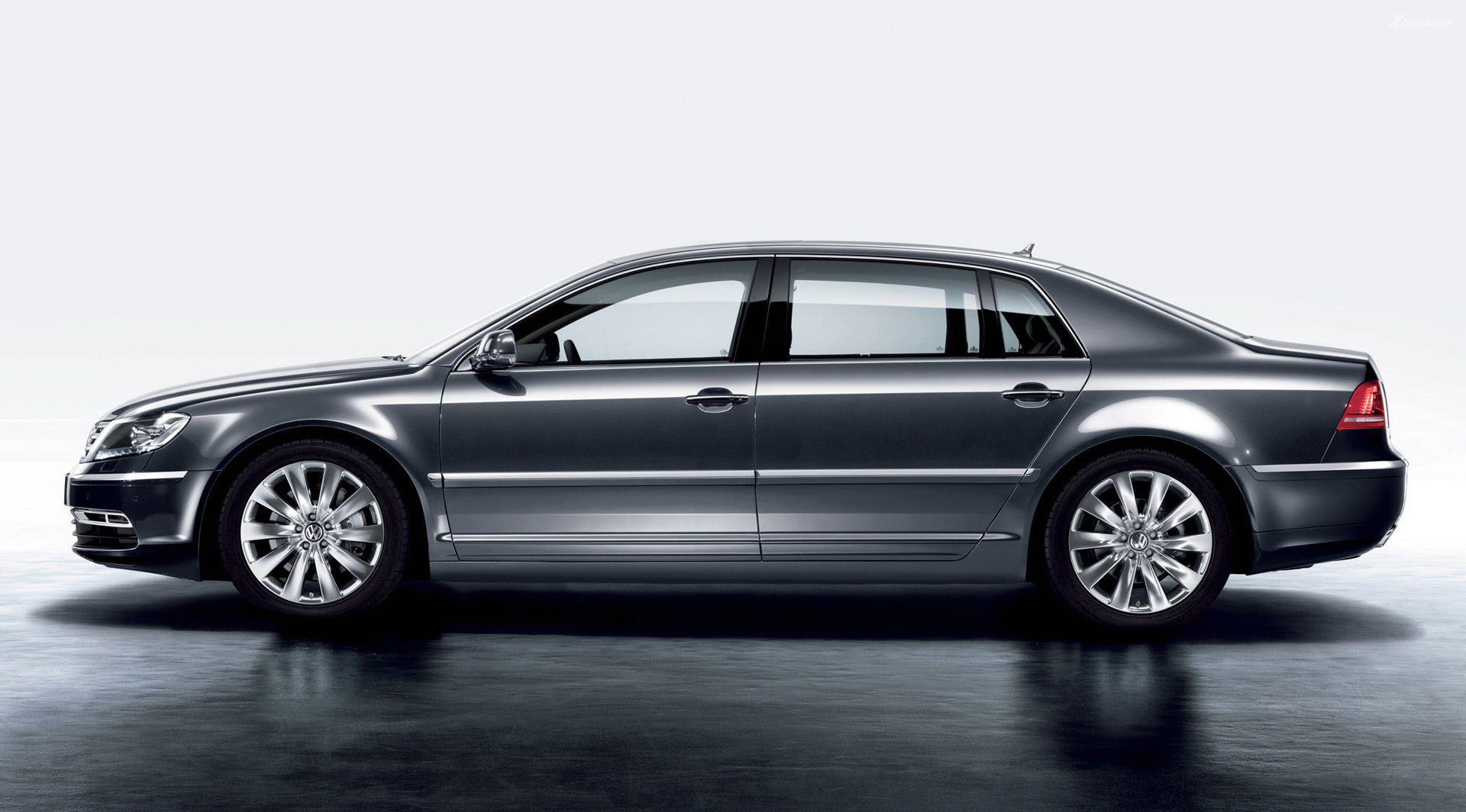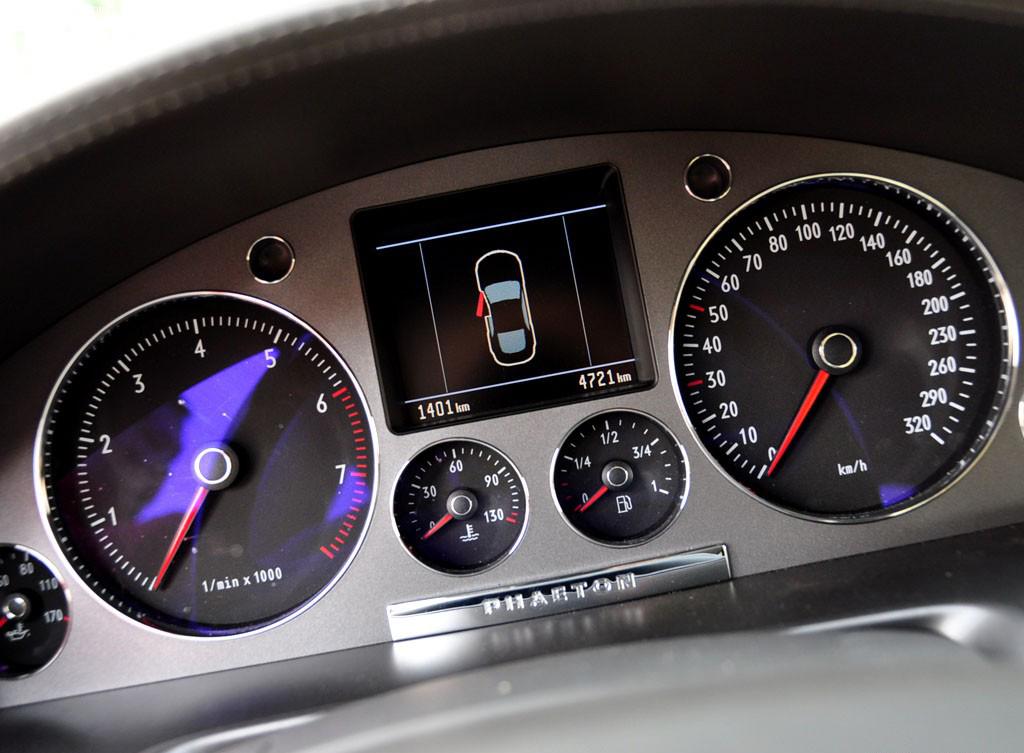If you have done some research on the internet, you may have already seen there are plenty of articles mentioning that, during the design phase the Phaeton is required to “be capable of being driven all day at 300 km/h”.
In fact there is no way the Phaeton can reach 300 km/h, not to mention it is “being driven all day” at that speed. Below we will provide a brief analysis to show you why.
The Phaeton’s drag coefficient is 0.32 (Cd = 0.32). According to the air drag force formula we can calculate the force that the Phaeton will be facing:
Air Drag Force = 1/2 x Cd x Rho x Speed^2 x Area
In the above, “Rho” is the air’s density, and “Area” is the cross sectional area of the vehicle. The cross sectional area of the VW Phaeton is greater than 2 square meters, but let’s simply assume Area = 2. Substitute the corresponding values into the above formula then we get the air drag force when Phaeton is running at 300 km/h:
Force (air drag) = 0.5 x 0.32 x 1.29 x (300 x 1000/3600)^2 x 2 = 2,867 N
For the rolling resistance, the Phaeton W12 curb weight is around 2,449 kg (5,399 lbs), plus one driver who is weighting at 60 kg. let’s say its total weight is 2,500 kg. Because the tire’s rolling frictional coefficient on dry asphalt/concrete is around 0.015, then the rolling resistance force against the Phaeton at 300 km/h is:
Force (rolling resistance) = 0.015 x 2500 x 9.8 = 368 N
Therefore, to let the Phaeton maintain a speed of 300 km/h it need at least 2,867+368 = 3,235 N at wheel. Since power = force x speed (in m/s), this translate to 270kW. The Phaeton W12 is using the ZF 5HP24A 5-speed automatic transmission, and its AWD system is using a TORSEN Type B center differential (see this article). This setup’s parasitic loss is around 20%. Therefore 270kW at the wheel means it needs at least 337.5kW for the engine output.
The most powerful W12 used on the Phaeton only has 331kW. Hence the engine on the Phaeton does not has enough power to let it maintain a speed of 300 km/h.
However, some readers may criticize the above analysis by using reasons like “there are too much assumptions such as cross sectional area, rolling frictional coefficient and the drivetrain parasitic loss”. In fact, there is another issue which fundamentally makes the Phaeton unable to reach 300 km/h: the transmission gear ratio.
Above image: instrument cluster of the 2006 VW Phaeton 6.0 W12, showing the engine’s redline
The ZF 5HP transmission gear ratio is:
1st: 3.57
2nd: 2.20
3rd: 1.51
4th: 1.00
5th: 0.8
The final drive ratio for the later W12 trim (with 331kW max output) is 2.91. The Phaeton’s tire size is 255/45R18; therefore at 300 km/h, the wheel is spinning at 2,317.68 RPM. If the Phaeton is using the highest gear, then the corresponding engine RPM is around 5,396. The W12 engine reaches peak output (331kW) at 6,050 RPM, so at 5,396 RPM it can only output around 295kW. Although we have several assumptions in calculating the required power to maintain the 300 km/h, an output of 295kW is definitely not enough.
If using the 4th gear, the engine speed will be 6,744 RPM, which exceeds the engine’s redline.
Therefore the transmission gearing of the Phaeton also prohibits its possibility to reach 300 km/h.





Recent Comments